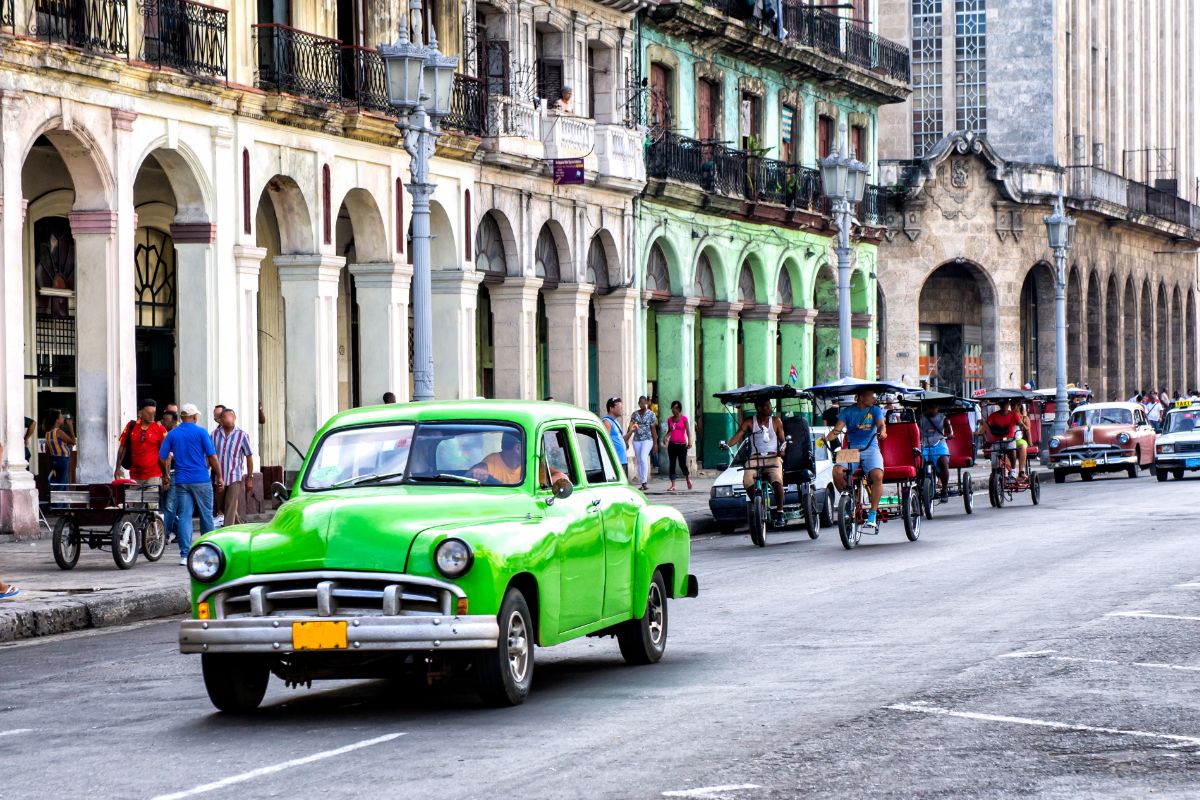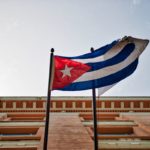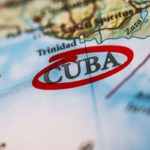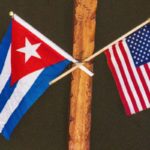The island nation of Cuba has a centralist system of politics which is classified officially as a democratic system and has had the “one state – one party” principle running since 1959.

It is in Cuba’s constitution that the country is socialist and follows a Marxist system because of this.
The ruling party in Cuba is the Communist Party of Cuba, and they are the leading force when it comes to the society and state of Cuba.
Cuba’s government has three different branches and these are all dictated in Cuba’s constitution, these branches are the judiciary branch, the legislative branch and the executive branch.
The Communist Party also controls other sectors in Cuba like the media as well which is why some systems around the world will label Cuba as a Soviet democratic society.
When it comes to elections in Cuba, you will not be able to vote if you have been accused of a criminal offense or are physically challenged, you are also not able to vote in Cuba if you live abroad.
The rest of this article will go into the different branches of Cuba’s government, the political parties which are present, and what leadership is like in this country.
If you want more information on Cuba’s government, keep reading!
The Executive Branch Of Cuba’s Government
The executive branch of Cuba’s government is comprised of two different bodies.
The first of these bodies is the Council of Ministers and this is the government’s Cabinet.
This is the most high ranking administrative body within the country.
The Cabinet of Cuba’s Executive branch is comprised of the President, the First Vice President, the Executive Committee Secretary, the Council of State’s seven vice presidents, as well as the heads of the national ministries on top of the member who have been elected to serve within the federal government.
The Council of Ministers will officiate and also direct Cuba’s foreign policies and will also oversee and control aspects like national budget and the foreign trade.
They will also enforce the laws and the rules which were passed by the Council of State which is also called the National Legislature.
This body comprises of 31 different members who will exercise the legislative powers which encompass aspects like calling a house assembly meeting.
Like many other countries, the president is seen as the leader of the government as well as the head of state.
The Legislative Branch Of Cuba’s Government
The parliamentary system in Cuba is unicameral and the Cuban National Legislature is also called the “National Assembly of people’s Power”.
This body has 612 members and each of them will have a 5-year term.
The members of this body will hold sessions which are aimed at ratifying any decisions that have been put through by the executive branch.
This legislative body will meet 2 times a year and can keep a regular period of their sessions if it is necessary.
Some responsibilities of this branch of Cuban government include commissioning any issues which will affect areas like Cuban industries, Cuban economy, as well as Cuban transportation and communication.
This body also discuss issues surrounding constructions, defense, public health, as well as foreign affairs and internal trade.

The body also has departments which will look over any work which has been done by groups like Judicial Affairs, Administrative, the Commission, International Relations, and Local Assemblies.
The Judicial Branch Of Cuba’s Government
The People’s Supreme Court is the highest court which is present in Cuba and the Cuban Constitution rules that those who are found to compromise the orders of the court are to be legible to be denied any liberties which are referenced in the countries Constitution.
The main issues which this branch of Cuban government discuss are issues which concern the constitution as well as reviewing appeals that have come from lower courts which can concern issues like civil, criminal, administrative, labor law, as well as economic cases.
Elections And Political Parties In Cuba
As was referenced in the introduction, Cuba uses a 1 party political system.
As well as this the country also has non-compulsory suffrage which is for citizens of Cuba who have been residing in the country for 2 years.
These residents will be given this privilege if they are over 16 years old and have never been accused of a criminal offense.
It is worth noting that Cubans who live abroad have no say in voting matters.
The way Cuban national elections are held is in accordance to the Constitution of 1976 and this involves different candidates being voted in by nominations assemblies, there are provincial as well as candidacy commissions which are used for nominating federal candidates as well as a secret ballot system of voting which is used as well as recall elections.
A Cuban election will generally have 2 phases, 1 of these phases is used to deal with electing delegates of the municipal assembly and the other being used to elect members of the provincial and national assembly. With Cuba having a 1 party system, the official party is Cuba’s Communist Party.
There are other political parties in Cuba however like the Liberty Party of Cuba, Christian Democratic Party, and the Social Democratic Coordination of Cuba.
Assembly
There is also the Department of Revolutionary Orientation, and they are involved in regulating the media coverage.
Political parties in Cuba are not allowed to campaign and the only way voters can choose their candidate is by reading their biographies which are in the public domain.
Cuba’s Leadership
While Cuba is declared a democratic state, there is debate since the control which is held by Cuba’s government is similar to revolutionary democracy or a Soviet system.
There are human rights and political systems in the country which have been scrutinized globally however some other praise the system in the country.
The current President is Raul Castro who has led since 2008 taking over from his brother Fidel Castro who led since 1959.
Takeaway
Hopefully this article has helped you understand more about Cuba’s governing bodies and understand the roles of each branch of their government.
- What Is The Largest Island In Cuba? - September 19, 2022
- Havana – Why Is It Cuba’s Most Exciting City? - September 19, 2022
- Cheapest Time To Visit Cuba (Ultimate Guide) - September 19, 2022








